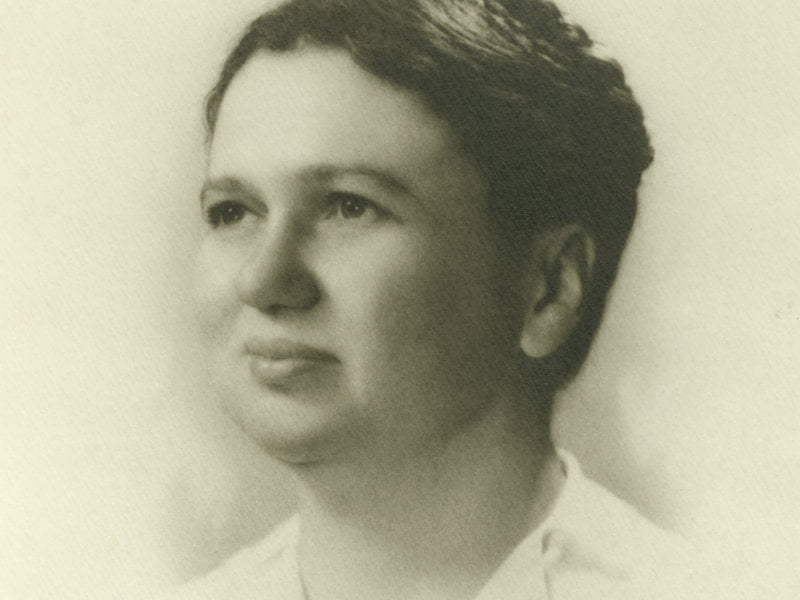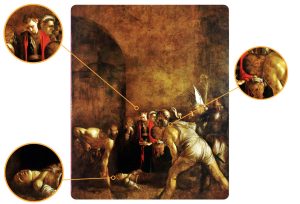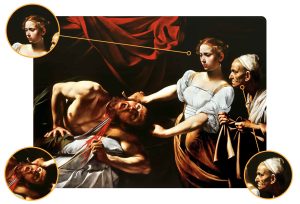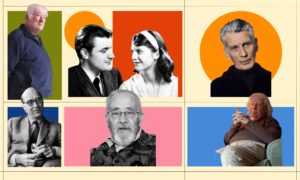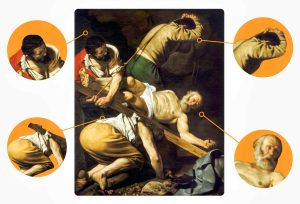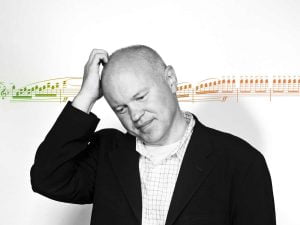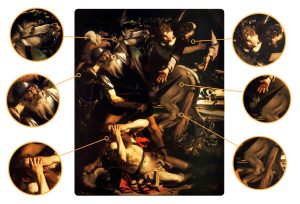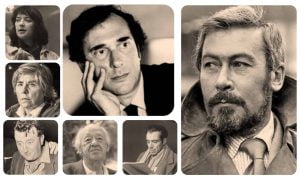From its early foundations, American music had a European character stamped on it by the American academic musical establishment, which itself was a product of the late 19th century. Before the 1870s, there was virtually no such thing as a music course at the universities; higher educational institutions were reserved for classes in science, history, and languages. Music was a pure extracurricular activity.
The rivalry between European training and indigenous American folk sources has always resonated throughout America’s history
From the outset, the American composer’s work was built on the premise of ingenuity: any novelty or divergence from the European tradition could be viewed as a theoretical error. Europeans such as Berlioz, Liszt and Wagner were free to ignore the tradition and establish themselves, but American symphonists like Bristow, Chadwick and Beach never dared to offend the more traditional Europeans including Mendelssohn and Dvorak. Luckily, things changed. American composers, coming from different ethnicities and genders, became more daring and started creating a whole new world of sounds that today we may associate with “American music”.
From the many successful and unsuccessful American composers of the 20th century, Ruth Crawford Seeger’s music really stands out. Not only because she joined the Comunist cause, involved in the “proletarian music movement.”, but also because of her dedication to modernism. Her works are an important part of musical repertoire due to her uncompromising use of dissonance, strict control over musical elements, striking choice of texts and orderly formal construction. She was indeed amongst the most adventurous and talented American avant-garde composers.
The first woman to win a Guggenheim Fellowship
In 1930, Crawford won a Guggenheim Fellowship to travel to Europe. In Berlin, Crawford composed “Three Chants” set to a wordless text for women’s chorus; this eerie, experimental work is one of its kind and has no obvious parallels to any music written before the 1960s. The following year witnessed her most famous work, String Quartet 1931, and with its publication, Crawford provided the definitive foil to the old maxim that women just can’t write classical music with the strength and seriousness of male composers.
“To work alone: I am convinced this is what I should do, to discover what I really want”
The 1931 string quartet represented both the high point of Crawford’s career as an avant-garde composer and a premature end to it. It was composed in Europe and was a significant contribution to the canon of American modernism. After the completion of the quartet, Crawford Seeger returned to the US and married Charles Seeger, a musicologist and composer. In short succession, she became a wife, a mother, a leftist and a folk revivalist. Her subsequent pioneering work in American folk song and dedication to her family took all her career time. In a letter she wrote: “I believe I’m going to work again — more… If I live to be 99 as my grandfather did, that gives me 48 more years.”
This was however not the case, she did not return to the path indicated by the great 1931 quartet again until 1952, by which time she was fatally stricken with cancer.



